1. Soft Lighting Instead of Harsh Overhead
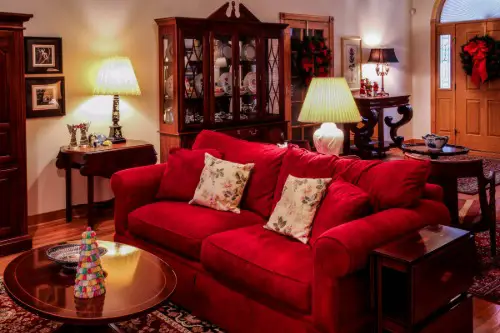
Warm, diffused lighting—lamps, sconces, string lights—helps people relax physically and emotionally. It lowers the room’s intensity and creates gentle ambiance without glare. Harsh overhead bulbs trigger alertness, while soft glows invite ease and openness. Safe spaces shine softly—not brightly.
Think dimmers, warm-toned bulbs, or layered lighting zones that suit different moods. The goal is visibility without vigilance. When the light feels kind, people follow suit. Glow over glare builds trust.
2. Cozy Textiles That Invite Touch
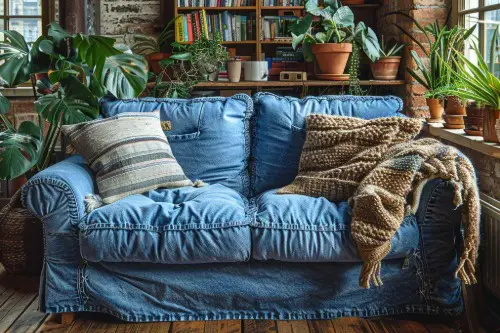
Blankets, cushions, rugs, and soft upholstery encourage guests to sink in and settle. Texture matters—not just visually, but emotionally. It suggests warmth, nurturing, and safety without needing words. Even cool tones feel softer when the fabric welcomes fingertips.
Layer these materials across seating, floors, and beds—especially in communal areas. Include a mix: chunky knits, velvets, worn cottons. When things feel huggable, people feel held. Comfort translates through texture.
3. Clear, Open Pathways
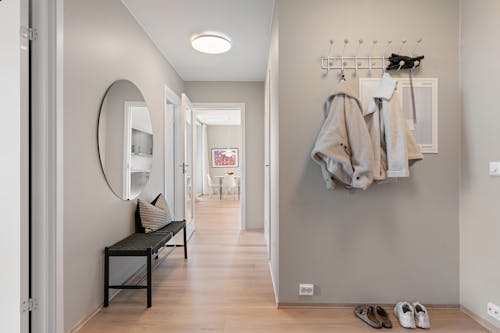
Spaces that are easy to navigate feel safer—no obstacles, sharp corners, or guesswork about where to walk or sit. Physical flow reduces subconscious stress and builds confidence. Guests feel like they belong instead of tiptoeing around design. Movement becomes invitation.
Arrange furniture for intuitive circulation and avoid clutter in walkways. Even small spaces can offer openness through smart placement. When you honor movement, you honor guests. Freedom of motion = freedom to feel.
4. Personal Objects That Tell a Story

Family photos, handmade items, travel souvenirs—these signal vulnerability, warmth, and presence. When a space shares its human side, guests feel permission to do the same. It’s emotional transparency made visual. Generic decor says “stay polite”; personal decor says “be real.”
Display without perfection—let objects live where they’re loved, not staged. A safe space always includes personality. When your decor tells your story, others feel welcome to share theirs. Connection starts on the shelf.
5. Books and Objects Within Reach
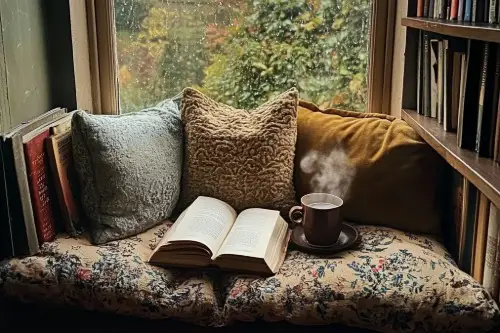
Books, puzzles, candles, plants—having things you can touch and engage with eases guests into belonging. A room that’s interactive feels emotionally accessible. It suggests: “You’re not interrupting—you’re joining.” Passive presence becomes playful presence.
Leave space for participation—an open book, a puzzle mid-progress, a mug waiting to be used. When items lean in, so do people. Presence turns into presence of mind. Accessibility is hospitality.
6. Natural Materials and Living Elements
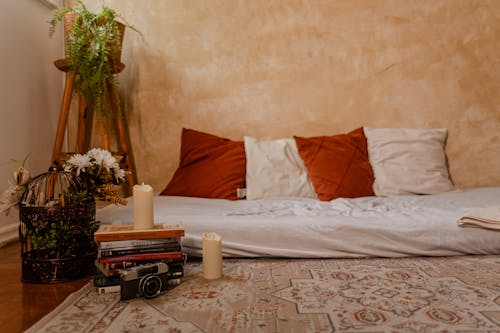
Wood, stone, clay, and houseplants add grounding energy and sensory calm. Nature cues safety—it’s familiar, neutral, and emotionally anchoring. Even synthetic spaces soften when organic textures take the stage. Greenery oxygenates the room and the mood.
Use indoor plants, open grain wood, or ceramic objects to build warmth and tactility. These details whisper life, not performance. Growth becomes part of the landscape. Nature signals nurture.
7. Inclusive Language and Symbols
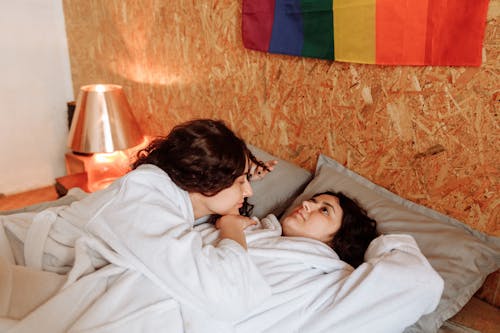
A visible pronoun sign, a pride flag, a disability-friendly layout—these speak quietly but clearly. They say: “We anticipated different needs, and you’re safe here.” Design becomes dialogue without requiring conversation. It’s hospitality built into the framework.
Place symbols where they feel natural—not performative. In restrooms, entryways, shared spaces—let the message echo kindness. When people see themselves reflected, they relax into the room. Visual affirmation equals emotional permission.
8. Flexible, Non-Hierarchical Seating
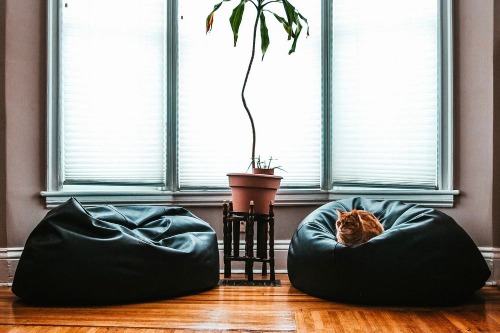
A mix of chairs, poufs, cushions, and couches creates equitable comfort. When all seating feels intentional and no spot screams “host” or “sidekick,” people feel emotionally leveled. It disrupts pecking order and encourages spontaneous interaction. Circles over rows.
Design with symmetry and spontaneity in mind. Let people choose where they sit—not be guided by hierarchy. Every seat should say “you’re welcome.” Furniture that flattens status fosters openness.
9. Scent That Soothes, Not Overwhelms
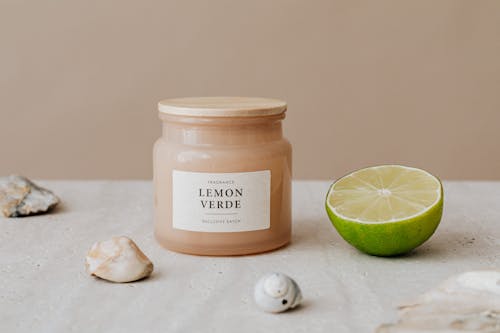
Gentle aromas—lavender, cedar, citrus—help people regulate emotions and settle nerves. Overpowering scents can be alienating, but subtle ones build calm and connection. Safe spaces smell like intention, not imposition. Air becomes emotional architecture.
Use essential oils, candles, or diffusers with restraint. Let scent emerge—not dominate. When people breathe easier, they feel safer. Every inhale reinforces “you belong here.”
10. Evidence of Real Life
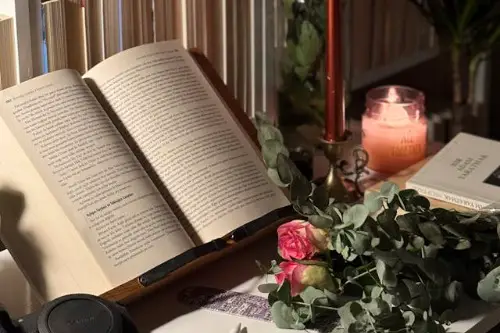
A book mid-read, a jacket on the back of a chair, a half-finished craft—these show that the space allows imperfection. It signals authenticity and comfort: nothing is staged, everything is welcome. Guests exhale when they realize the room doesn’t demand performance. A little mess builds trust.
Leave signs that life is happening—even if the party hasn’t started. Perfect spaces intimidate; imperfect ones invite. Safety comes from seeing humanity in the details. A lived-in home lives bigger.
This post 10 Decor Details That Quietly Signal “This Is a Safe Space” was first published on Greenhouse Black.
